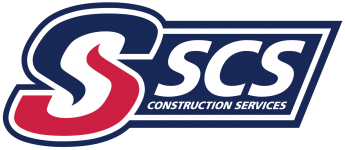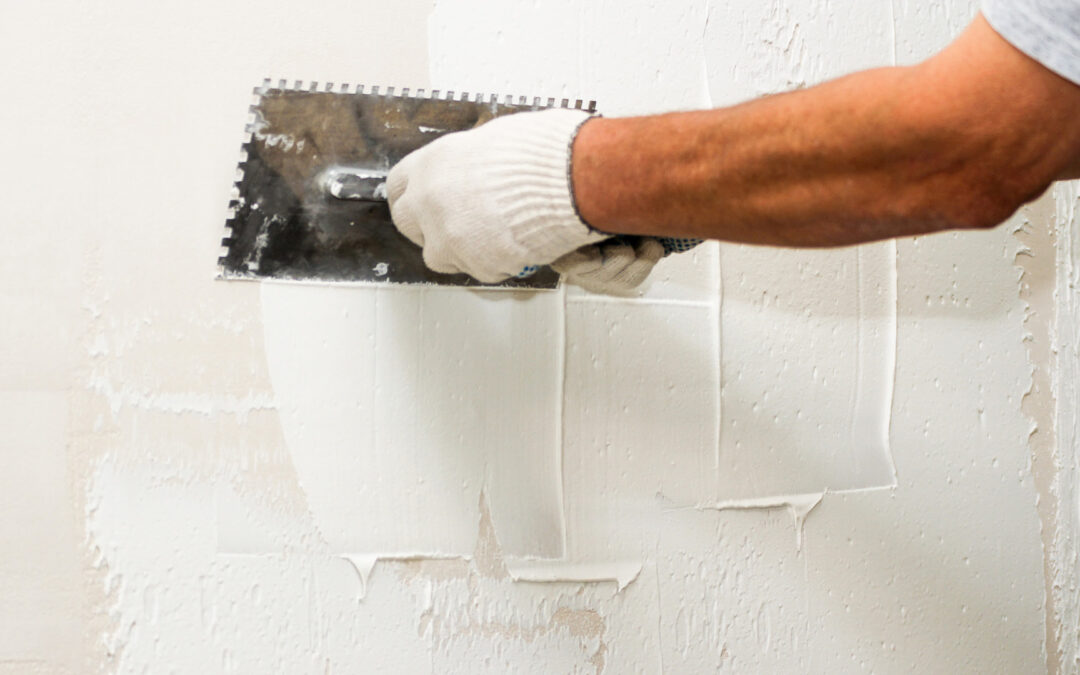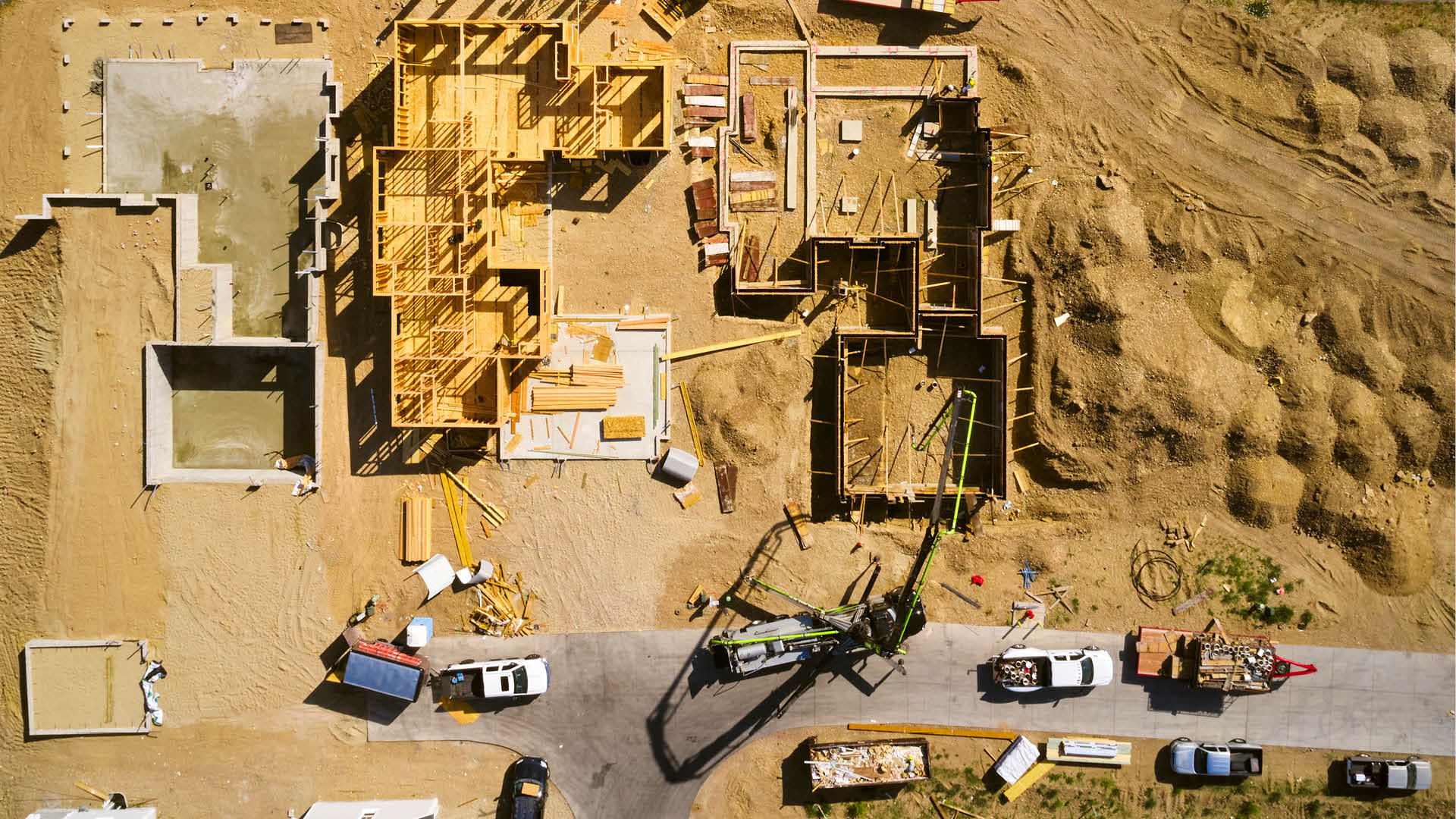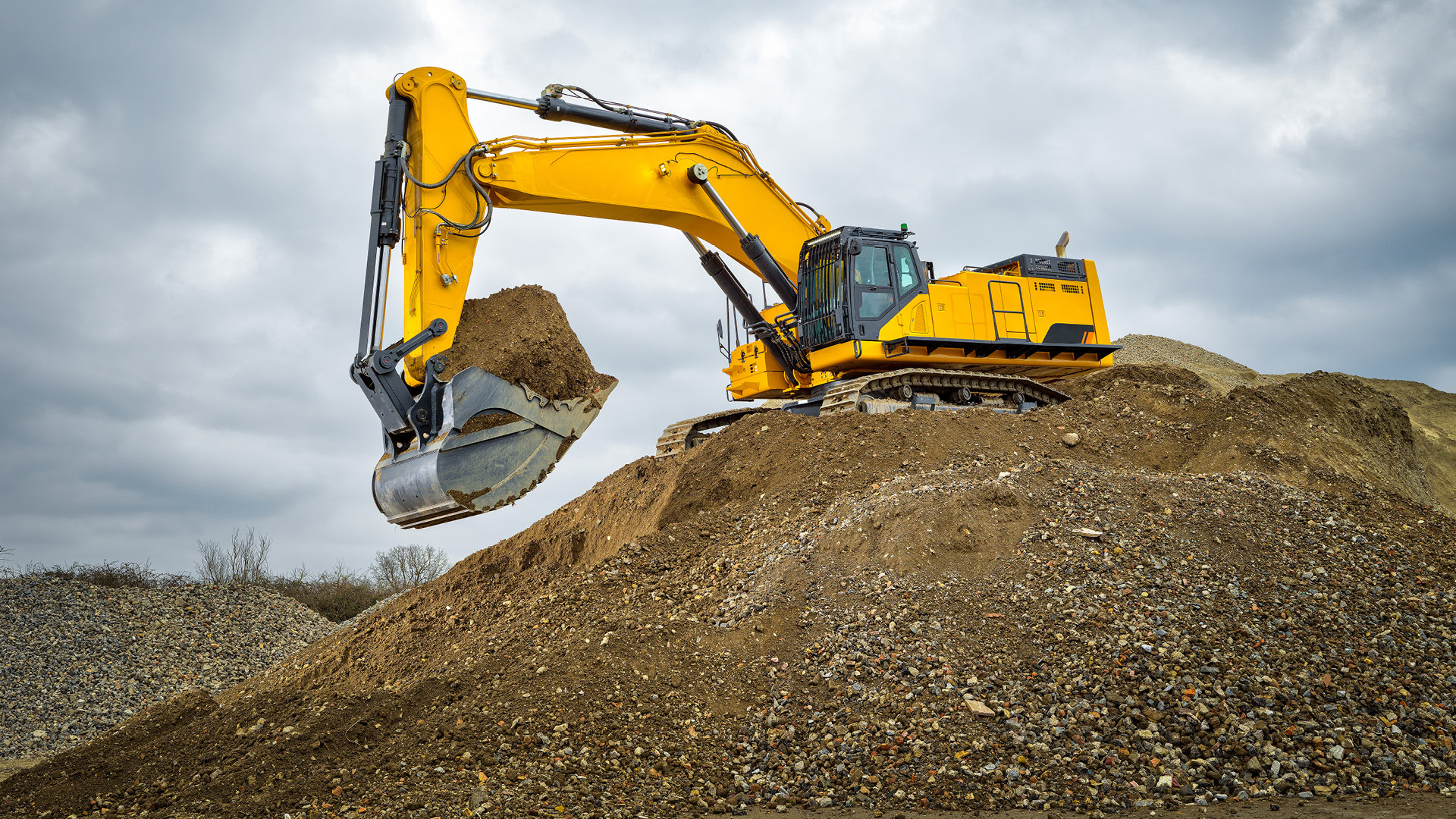Drywall is one of the most widely used and highly popular construction elements today. Without a doubt, it is an integral add-on to any home or commercial remodel and refinish. This building material is also known by many other names: wallboard, gypsum board, sheetrock, custard board, buster board. In reality it is this very material that defines the space within a building and allows you to create your reality. On the whole, it makes areas that deliver both form and function and brings a space to life.
Drywall was invented in 1916 by the US Gypsum Company replacing the more costly, labor intense, and time-consuming process of plaster walls. In actuality it is made up of gypsum plaster with a paper coating. Gypsum is high grade calcium sulphate dihydrate. As a result, this composition creates lightweight panels that are easily attached to metal or wood wall frames to make interior walls and ceilings. Accordingly, today drywalling is a $51 billion industry.
Benefits
Drywall has many benefits. Without a doubt, it is stronger and more durable than plaster. It is also faster and easier to install. It is cost efficient. Drywall maintains heat in the winter and keeps in the cold in the summer. This makes it very energy efficient. Another key point is it is easy to modify when necessary if you have a design change. It also repairs easily. Importantly, this building marvel is resistant to fire and resistant to water to help protect your property.
Types of Drywall
There are many types of drywalls for different types of interior spaces.
- Regular or standard drywall is the most common and most economical. It is generously used in residential commercial construction.
- Paperless drywall is protected with fiberglass instead of paper and is stronger than the standard.
- Green drywall is used in areas that are likely to experience higher levels of moisture or humidity such as bathrooms or kitchens.
- Blue drywall has exceptional absorption and is used for veneer plastering.
- Purple drywall is excellent to resist mold and mildew.
- Type X drywall has multiple layers. This gives it high fire resistance and can help prevent a fire from spreading.
- Soundproof drywall is laminated to help limit sound in noisy areas.
Thickness
Equally important, the product is available in different thicknesses.
- ¼ inch – These panels are lightweight. They are thin and flexible. Consequently, they are good for creating a new surface over existing plaster. They are also good for curved surfaces.
- 3/8 inch – This thickness is a good option for patches or repairs to drywall. They are also good for renovation or restructuring of wall partitions.
- ½ inch – These are the standard drywall boards. These are the panels for designing wall and ceiling interiors. These boards are typically the starting place for your walls and ceilings.
- 5/8 inch – These are the thickest panels. They are suitable for commercial construction because they are good for where fire and safety are the top importance. In addition, these panels are also good for soundproofing.
Dimensions
Drywall also comes in different sizes. Generally speaking, having the right size makes installation much easier because you want to minimize the number of joints and seams than are necessary in your project.
- 4×8 feet – This is the most common size of drywall panels. They are good for vertical or horizontal installation.
- 4×12 feet – These sheets are recommended for extra tall or extra long walls. They can be more difficult to transport and install.
- 2×2 feet – These smaller panels are not available in stock sizes but can be cut down from larger sheets in many hardware stores. These are good for minor remodeling or repair jobs.
At SCS Construction, we can help you with your drywall! We’ll help you determine the best type of walls and ceiling materials for your business and budget. We are happy to help you plan your next project! Call us at 317-272-0129.
Are you on Facebook? We are, too. Let’s be friends!





Recent Comments